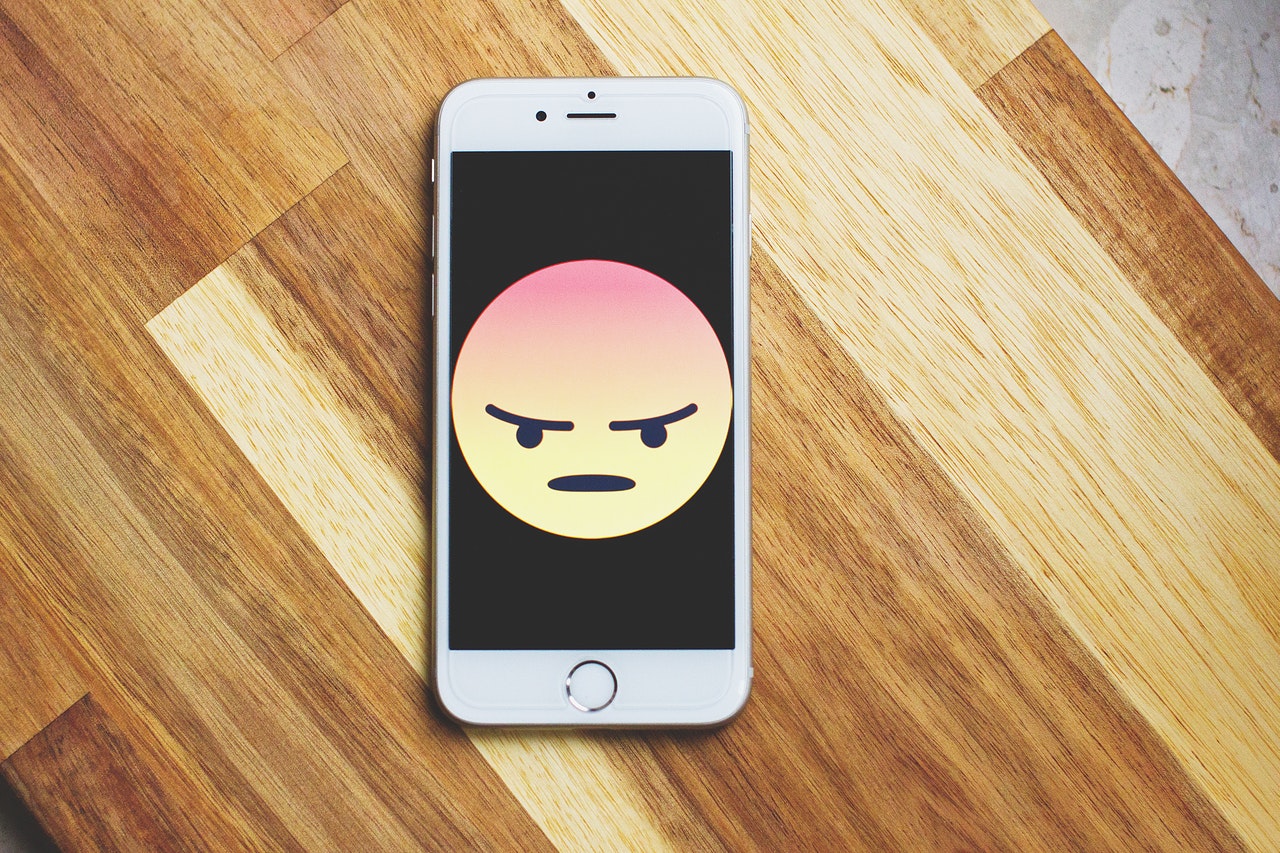Last Fall, I Tweeted about channel switching in customer service:
There *may* be cases where channel switching is OK (security verification, for example), but some brands handle that gracefully too (such as switching from social to live chat, which is a similar channel). But simply saying, “Thanks for writing, call this phone number” is lame.
— Jason Whitman (@jasonwhitman) October 7, 2018
And I wrote about it lightly as part of my post about how Verizon handles social customer service.
This topic has been on my mind because of an experience I recently had with Chase, the enormous consumer bank. Very oddly, Chase decided one day to put a restriction on all of my accounts, which caused any scheduled bill payments, transfers or ATM withdrawals to fail. When this happened, Chase gave me no warning and no notice until the failures started happening. I have been a customer since I was a teenager, so this approach was pretty surprising and disappointing.
When it was time to fix the problem, they gave me only one support channel option – in person. This was fine and seemed reasonable based on the severity of the issue. I visited a branch near my office, and while I was able to clear the block on my accounts, Chase couldn’t (or wouldn’t) tell me why it happened.
At first I let it go, but I later thought I should check in with them to get the full story. So I logged into my Chase account and wrote a “secure email” asking for a manager to research what happened and to share the findings. I said it wasn’t urgent and might need some digging. Chase quickly responded by saying (1) they didn’t see any previous restriction, and (2) they can only discuss compliance issues via phone.
I tried one last time, by asking them to forward my email request to the compliance team so they could investigate and share their findings. I was again told that (1) no block was recorded on my accounts and (2) if I did want to know more, I would need to call, although they understood that I prefer email.
While I totally comprehend why you wouldn’t do this kind of sensitive customer service work via social or another channel that is dependent on third-party apps, doing it in their own “secure message center” seemed reasonable. Trying to honor a customer’s preferred channel, without switching – whenever possible – feels much more supportive.

